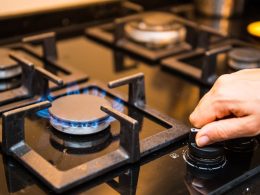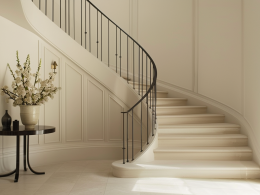Many homeowners dream of uncovering a hidden fireplace, but the process can be tricky and dangerous if not done correctly.
Opening an old fireplace requires careful planning and consideration to ensure safety and comply with building regulations.
This guide will walk you through the steps to safely open an old fireplace.
You’ll learn to determine if you have a suitable fireplace to reopen, what to consider before starting the project, and the proper techniques for exposing and restoring your fireplace.
The post will cover everything from initial inspection to final touches, helping you bring warmth and character back to your living space.
Understanding the Basics
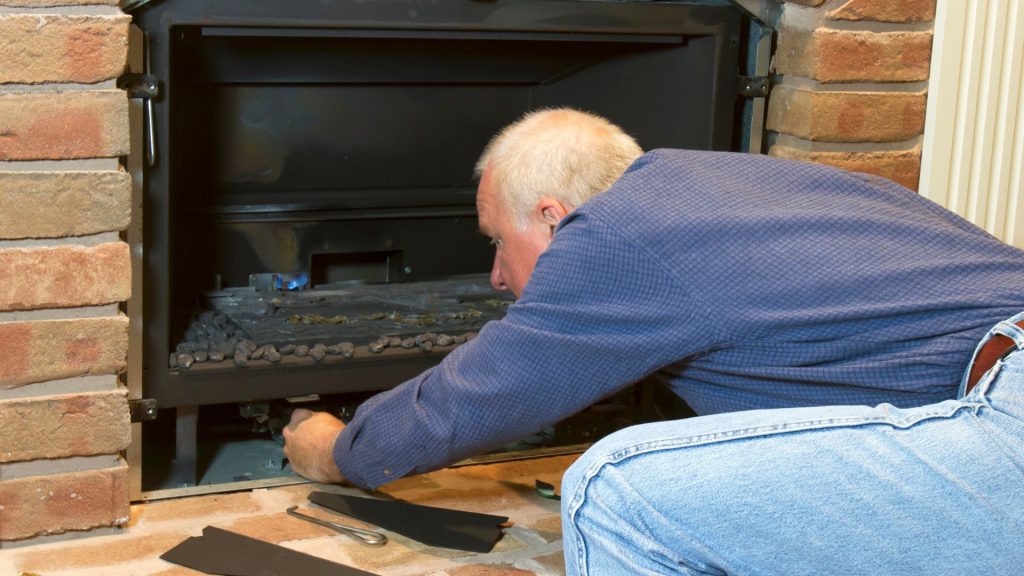
Old fireplaces are more than just relics of the past. They can add a unique charm to a home and even serve a practical purpose. Nothing beats the cozy atmosphere of a crackling fire on a chilly evening.
Many homes today have blocked-up fireplaces. This trend started when more modern heating systems became popular. People often choose to cover up their fireplaces in favor of more efficient ways to warm their homes.
The idea of uncovering a hidden gem can be thrilling. But there’s more to it than just knocking down a wall. There are many practical things to think about before starting the project.
The following sections will share important information about safely reopening an old fireplace, helping you decide if it’s the right choice for your home.
Key Considerations Before Starting
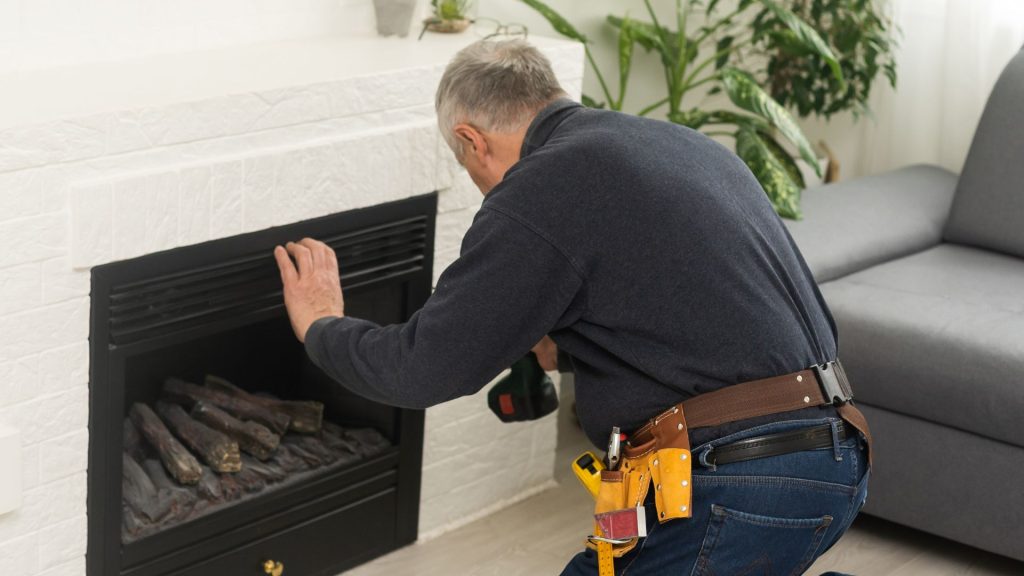
Before starting any work, there are some important things to consider.
- Usage Purpose: Homeowners should decide what to use the fireplace for. Will it be purely decorative, or will they plan to light fires in it? This decision will affect how much work needs to be done.
- Chimney Type: Next, knowing what chimney the house has is crucial. A Class 1 brick chimney can burn solid fuel. However, a prefabricated flue is limited to decoration only.
- Building Regulations: It’s also important to know that changing a fireplace might involve dealing with building regulations. When changing a chimney, homeowners may need to notify their local building control authority.
- Maintenance Needs: Lastly, if the fireplace is to be used regularly, it will need regular care. This includes annual chimney sweeping and ongoing maintenance.
These points should be considered carefully to help decide whether opening an old fireplace is right.
Identifying a Fireplace Worth Reopening
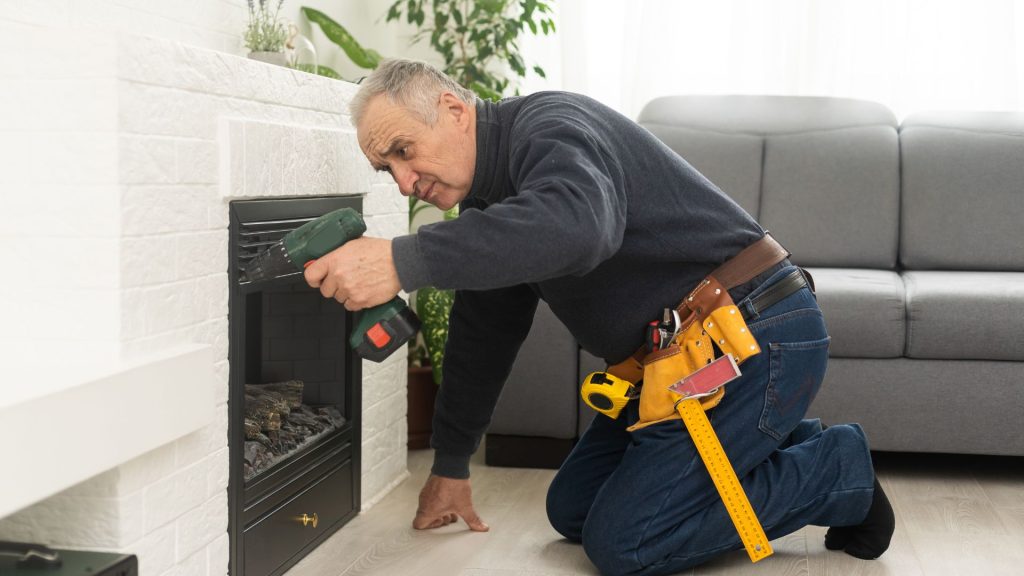
Finding out if a home has a fireplace worth reopening can feel like a treasure hunt. Here are some tips to help with the process.
- Look for Telltale Signs on Your Walls: A large, flat area that seems out of place could hide a fireplace. Sometimes, a small gas or electric fire might cover a larger opening.
- Research Your Property: Old surveys or historical documents might mention a fireplace. Your neighbors can be a great source of information, too. If they’ve opened fireplaces in similar homes, chances are good you have one, too.
- There are also Physical Clues to Look For: Try the knock test—tap on the wall where you think the fireplace might be. A hollow sound could mean there’s a boarded-up opening. The fireplace might have been bricked in if it didn’t sound hollow.
- Look for a Ventilation Brick in The Wall: This is often installed when fireplaces are professionally covered to prevent dampness. If you find one, try removing it and shining a torch inside. You can even hold a candle near the opening – if the flame is drawn in, it’s a good sign your chimney is working.
- Remember to Check Under Your Floor Coverings: A thick, heavy slab embedded in the floor around the chimney breast is called a hearthstone and is a strong indicator of a hidden fireplace.
Remember, opening up a fireplace can be unpredictable. The result might not be as hoped, but the discovery process can be exciting.
Steps to Safely Open Up a Fireplace
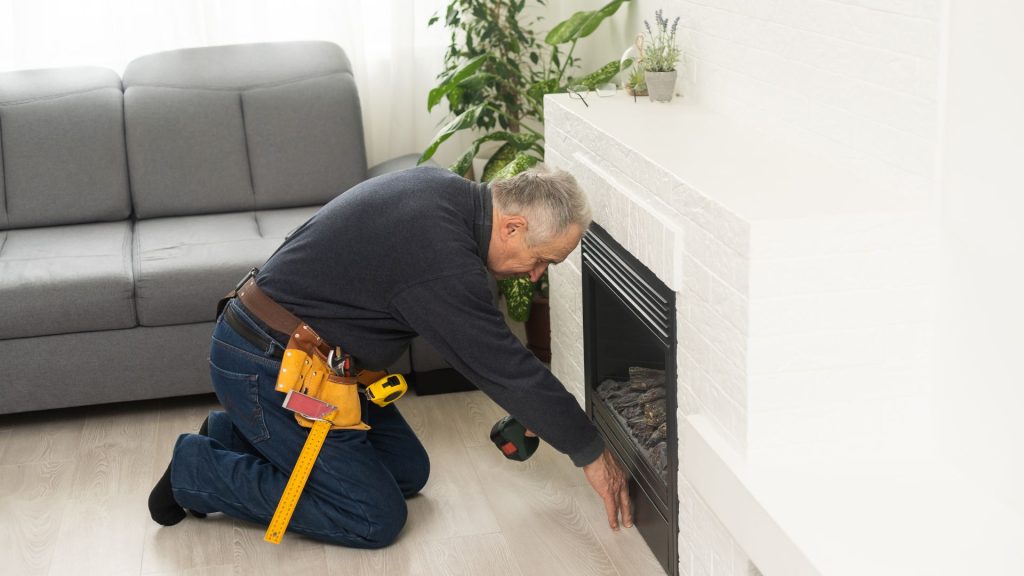
Opening a fireplace requires careful planning and execution to ensure safety and success.
Here’s a step-by-step guide to help you through the process:
- Preparation: Before starting, rent a skip for the rubble and lay down protective sheets to control dust. This initial setup will simplify the cleanup process and protect your living space from excessive mess.
- Removing Existing Fire Surround: First, an existing fire surround needs to be removed. For electric fires, careful disconnection is necessary. Gas fires, however, require professional handling to avoid damaging pipes or wiring. Safety should always be the top priority when dealing with utilities.
- Breaking Through Plaster: The next step involves breaking through the plaster. Using a hammer and chisel, carefully chip away at the covering. This process requires patience and precision. The goal is to reveal the shape of the original opening without causing unnecessary damage to the surrounding area.
- Excavating the Opening: Once the bricks are exposed, they can be carefully knocked out. Pay attention to the lintel (the beam at the top) and the jambs (the sides of the opening) are crucial. These structural elements provide essential support and should not be damaged during removal.
- Inspection: After opening up the fireplace, a thorough inspection is necessary. Check for any cracks or damage in the newly exposed area. The chimney will likely contain debris that needs clearing. At this stage, it’s advisable to bring in a professional chimney sweep to ensure everything is in good condition and ready for use.
Safety should be the primary concern throughout this process. If any part of the job seems too challenging or risky, don’t hesitate to call in a professional.
Inspecting and Preparing the Chimney
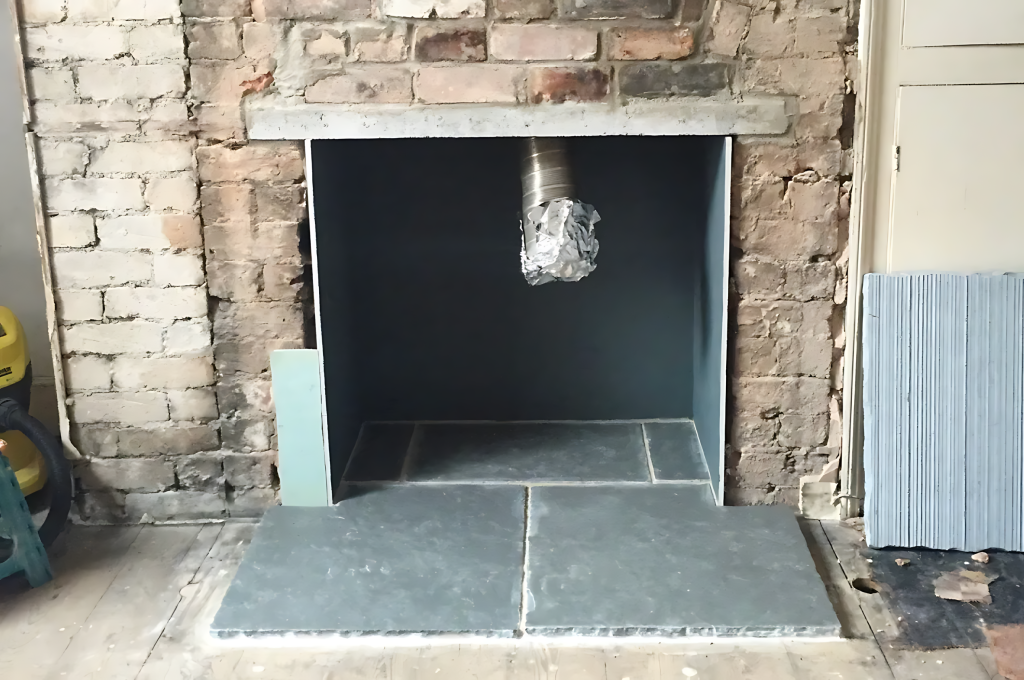
Once the fireplace is opened, the chimney needs careful inspection and preparation.
- Damage Check: First, check for any damage. Look for cracks in the fireback and other structural issues. Small cracks can often be fixed with fire cement, but spotting them early is important.
- Damage Check: Next, clear out any debris. A professional chimney sweep can handle this job effectively and provide information about the flue’s overall condition.
- Draught Performance: Testing the draught is another important step. This can be done by holding a lit candle inside the fireplace. If the smoke rises straight up, that’s a good sign. If it wavers, more work on the chimney might be needed.
- Insulation: Lastly, consider insulation. If the fireplace is used for heating, good insulation can make a big difference in keeping heat in the room rather than losing it up the flue.
A well-maintained chimney is key to a safe and efficient fireplace. These steps are important for both safety and performance.
Restoration Options
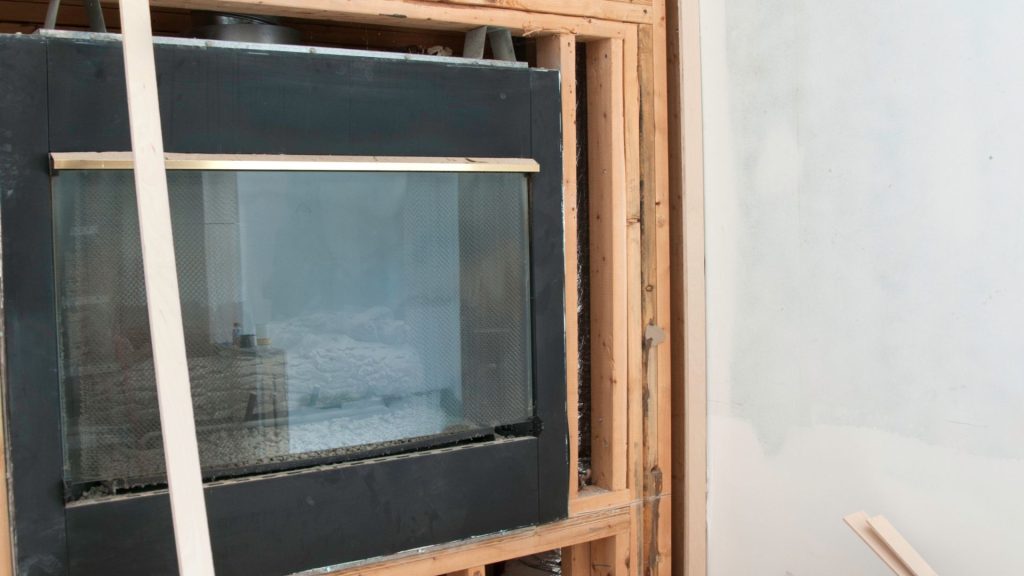
Once the fireplace is opened and the chimney is prepared, it’s time to consider restoration options.
- Cast Iron Inserts: Once the fireplace is opened and the chimney is prepared, it’s time to consider restoration options. Cast iron inserts can give the fireplace a classic look. If an old one isn’t found behind the plaster, new ones are available that can provide a similar aesthetic.
- Fire Baskets: Fire baskets offer another option. These can be purely decorative or functional for burning fuel. Electric or gas fire baskets provide alternatives that are often easier to manage.
- Painting: For a simpler approach, painting the fireplace can make a big impact. The space can be filled with logs for a rustic look, candles for a cozy feel, or even used as a quirky bookshelf or plant display.
- New Fire Surround: Another important consideration is the fire surround, which can significantly change the look of the fireplace. Options range from marble to limestone to wood and should be chosen to fit the style of the room.
This is an opportunity to make the fireplace a unique home feature. The chosen style should bring joy every time it’s seen.
Alternative Consideration: Removing the Fireplace
Sometimes, after all the work of opening a fireplace, the result might not be what was hoped for. In such cases, there are alternative options to consider.
- One choice is to remove the chimney breast entirely. This can open up the room and create more usable space. It’s a significant project, so careful consideration is needed.
- Removing the fireplace doesn’t mean giving up on having a cozy fire. Many heating options don’t require a chimney. Balanced flue gas fires are efficient, while flueless gas fires are easy to install.
- Electric fires can be a great choice for those who avoid gas. They come in various styles, some resembling real fires, and are typically the easiest to install and maintain.
The most important factor is ensuring the choice suits the home and provides the desired comfort.
Conclusion
Opening up an old fireplace can transform your living space, adding character and warmth to your home. However, by following the steps outlined in this guide, you can safely uncover and restore a hidden gem in your house.
Consider your goals, check regulations, and inspect thoroughly before and after opening the fireplace.
Whether you choose to use it for heating or as a decorative feature, there are many options to make it yours.
If reopening isn’t feasible, don’t worry. Alternatives like removing the chimney breast or installing modern heating options can enhance your space.
Whatever path you choose, take your time and prioritize safety. With careful planning and execution, you can create a beautiful focal point that brings joy and comfort to your home for years.
Happy Renovating!
Frequently Asked Questions
What to Do Before Using an Old Fireplace?
Before using an old fireplace, have it inspected by a professional. Clean the chimney, check for damage, and ensure proper ventilation. Install a carbon monoxide detector and gather appropriate fire-starting materials.
What are the Disadvantages of Open Fireplaces?
Open fireplaces can be inefficient, losing much heat up the chimney. They require regular maintenance, can create indoor air pollution, and pose safety risks. They may also increase heating costs and draft cold air when not used.
How to Start an Old Fireplace?
To start an old fireplace, open the damper and check for proper airflow. Arrange kindling and small logs in a pyramid shape. Light the kindling from the bottom and gradually add larger logs as the fire grows.









